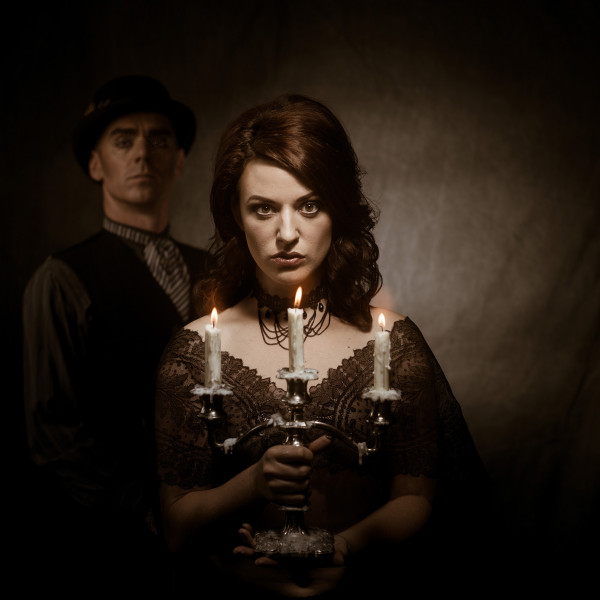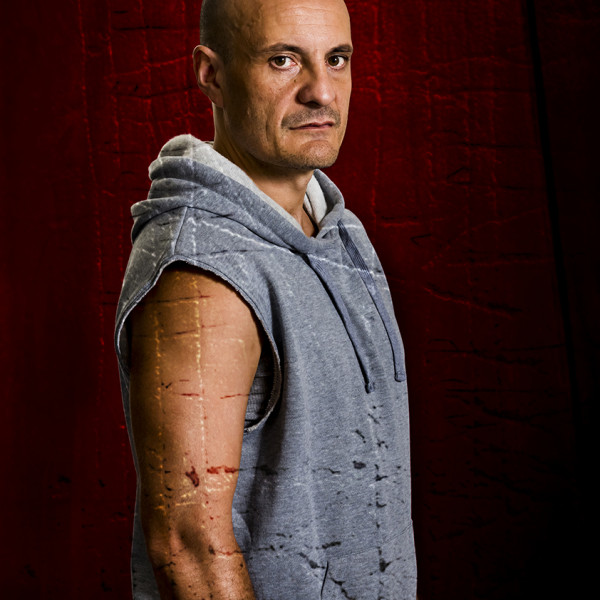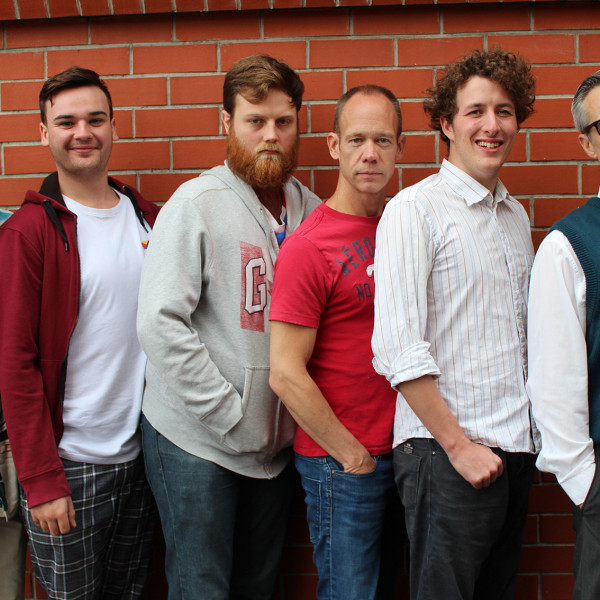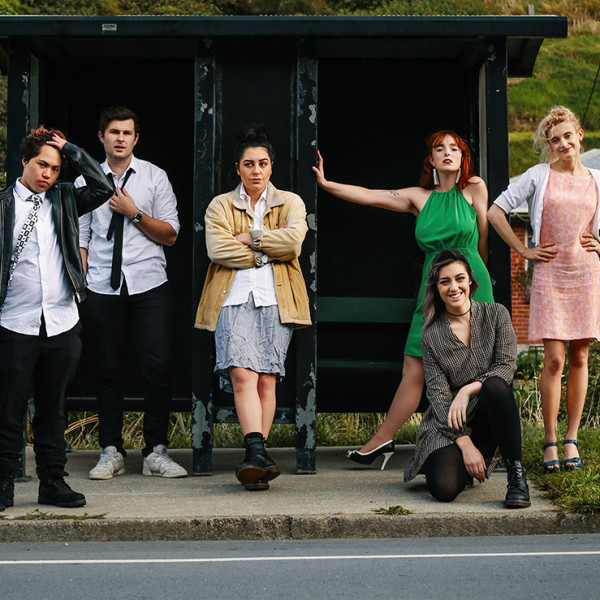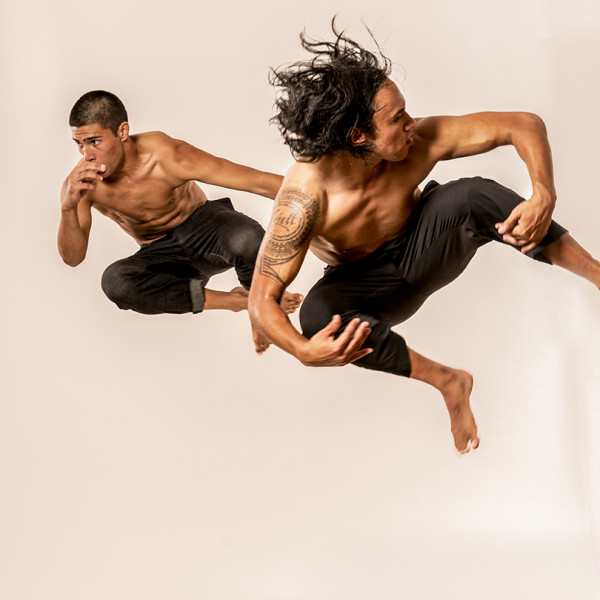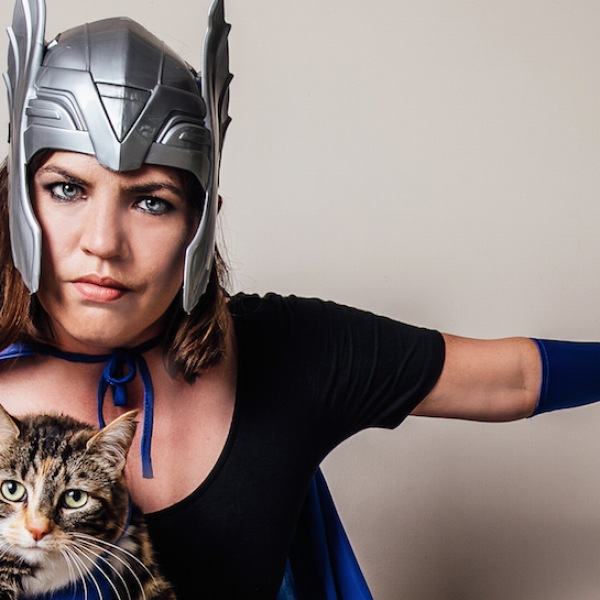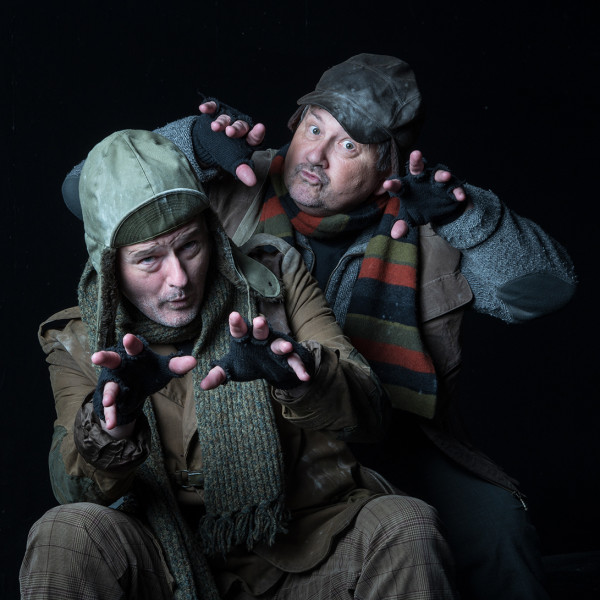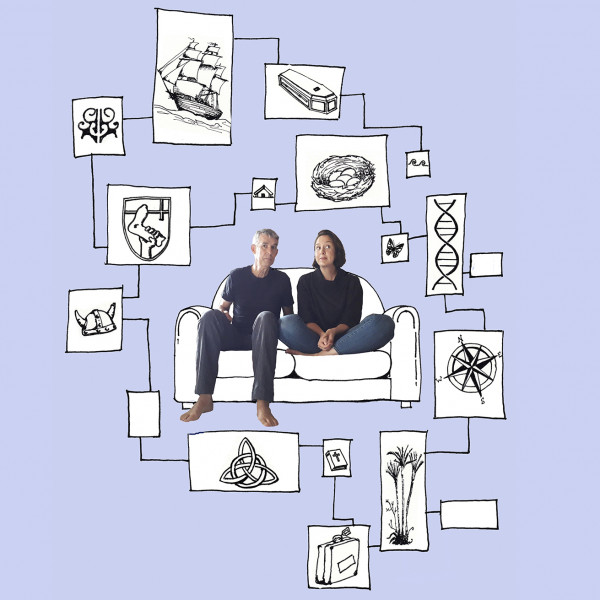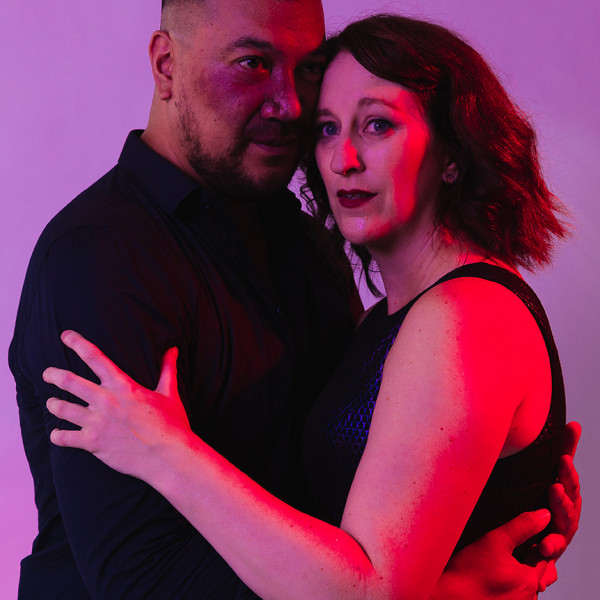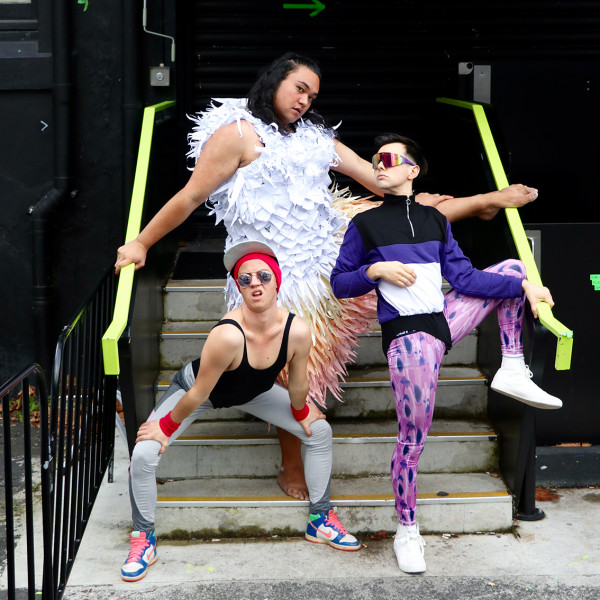
MANIAC on the Dancefloor
Written by: Natasha Lay
Directed by: Adam Rohe
BATS Theatre, 10th Jul 2019
Reviewed by: Madelaine Empson
MANIAC on the Dancefloor is a dance party about depression. Many of my friends noted that description is somewhat oxymoronic, and I might have agreed with them before seeing the show. Now, I think a dance party is the perfect medium to express the highs and lows of bipolar disorder. As playwright Natasha Lay says, “it’s a good analogy for mania itself.”
The work is based on Lay’s lived experience, and features takatāpui performance artist Daedae Tekoronga-Waka as main character Anna. LGBTQIA+ representation in MANIAC on the Dancefloor is effortless. In both the script and the staging, the gender and sexuality of the characters is irrelevant to the story. While I think works that investigate and actively defy discrimination are vital, I love it when minority characters are approached in a mainstream way. I believe works like this help pave the way for true equality, and I’ll always champion them.
The focus here is on mental illness, and MANIAC on the Dancefloor is the most accessible exploration of depression I’ve ever seen. More than that, it’s fun. The killer dance moves (Marianne Infante) and we-might-as-well-be-at-a-rave lighting design (Spencer Earwaker) up the entertainment ante and plant many a grin on our faces. We giggle and groove to no end while rooting for the characters, who are so likeable because they are written and performed with genuine, heartfelt conviction.
Tekoronga-Waka gives a sensitive yet vibrant portrayal of Anna. As Anna’s friends Phil and Adam, Phillip Good melts our hearts, while director Adam Rohe is a magnet for laughs.
The passion of MANIAC on the Dancefloor’s creators, crew, and joyful cast is abundantly clear, shining through every minute of the show. One more banging dance number at the very end would send me away on a high, but I respect the poignant, lovely ending as it stands. This beautifully balanced production leaves me with plenty to think and smile about.


